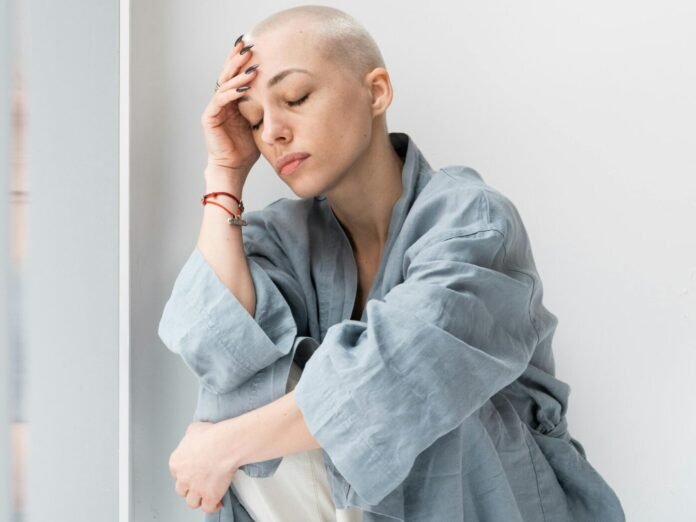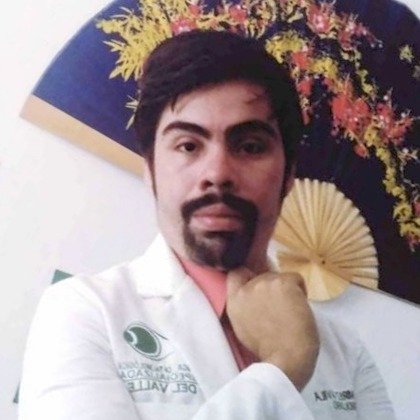Cancer is a disease characterized by the uncontrolled growth and spread of abnormal cells. These cancer cells can form tumors or invade nearby tissues and organs, interfering with normal functioning. Cancer can affect any part of the body and can have different causes, including genetic, environmental, lifestyle and exposure to carcinogens such as heavy metals (lead, cadmium, mercury, arsenic and aluminum).
There are more than 100 types of cancer, each with unique characteristics and different forms of treatment. Some of the most common types include breast, lung, prostate, colorectal, and skin cancer. Early diagnosis and appropriate treatment are essential to improve the chances of cure and survival in cancer patients.
Cancer treatments may include surgery, chemotherapy, radiation therapy, targeted therapies, immunotherapy, and complementary therapies. The treatment approach will depend on the type of cancer, its stage, the patient’s overall health, and other individual factors.
Since 2008, cancer has been the leading cause of death in the world and estimates show that the number of cases will increase in the coming years. The patient’s approach is generally multidisciplinary, and this includes surgical treatment, high doses of radiation and/or chemotherapy, which increases both acute and late toxicity.
In this situation, patients seek therapies that contribute to their treatment, and a high percentage resort to Homeopathy treatments for different reasons:
- To strengthen the body’s defenses to better withstand anti-cancer treatments. Treat the disease itself; what is undeniable is what homeopathy represents.
- For the patient, it is a great opportunity to improve their general condition, reduce the fatigue and severe side effects of chemotherapy and radiation therapy.
By providing support and relief to the patient, we allow them autonomy and confidence to face the great challenges that cancer represents in their lives.
In some other cases, it represents their only viable treatment option (together with other treatments of natural origin such as traditional Chinese medicine, ayurveda, herbalism and serum therapy), since many of these patients had little or no success with chemotherapy, radiation, surgeries and in many of these cases their oncologists have given them up without offering them major therapeutic alternatives beyond palliative care.
In Mexico, neoplasms (abnormal masses that may be cancerous) are the third leading cause of death, according to estimates by the International Union Against Cancer. The figures are alarming:
- More than 128 are added to the blacklist each year.
- In Mexico, it is estimated that there were 66,000 deaths per year (on average) between 2000 and 2010, which is equivalent to 13% of the annual national mortality.
Time of diagnosis and the stages of assimilation of the patient
When the patient is notified that they have cancer, they immediately enter a mourning phase. This is a natural adaptive process in the face of the loss of a person, an object, or a significant event, in this case, the loss of health and the fear of death.
Grief consists of 5 stages:
- Denial or shock
- Anger
- Negotiation
- Depression
- Acceptance
In these cases, Homeopathy has a relevant importance because conventional treatments are limited by their long-term side effects and, generally, because they depress the central nervous system.
Here are some examples of homeopathic remedies and their effects on different effects and stages of cancer:
Arnica: Shock drug. Annihilation of the will that is shattered by that psychological trauma.
Ignatia Amara: medication for emotional shock, with alternation of cries and smiles, sighs and yawns that are very characteristic of the medication.
China: preventive medication for hemorrhages, but also for postoperative asthenia and anemia, with profuse sweating followed by exhaustion, feeling cold and weak.
Arsenicum Album: indicated in an exhausted patient, but more agitated. Medication of aggravation, of complication, of relapses. Secretions and excretions have a bad odor (cadaveric). Useful in palliative care without the need to wait for the last signs, which are: great prostration with rapid collapse of vital forces, anasarca, livid skin, waxy and earthy.
Carbo Animalis: it is the main drug for cachetic cancer with lymph node involvement. The patient’s general condition is very bad: great weakness, diffuse pain, night sweats with gastritis. Organic asthenia medicine.
Nux Vomica: its prescription is indicated when the patient reports improvement of nausea and vomiting, after regurgitation. Hypersensitivity to smells and perfumes. In practice, its prescription is almost systematic after the first chemotherapy.
Other types of natural, complementary, or alternative treatments include:
Reiki: Decreases levels of anxiety, stress and helps to calm pain in cancer patients. This energy therapy is used in some oncology units in Spain and other countries.
Diet Therapy: This encompasses nutrition focused on cancer patients, to various diets such as keto, paleo, blueprint, etc. Let us remember that the cancer patient is usually one of those who is most at risk of malnutrition.
Intravenous Therapy or Serum Therapy: includes the use of mega-dose vitamins such as vitamin C, peroxidation, the use of vitamin B 17 or amygdalin, chelation, etc.
Ozone Therapy: includes application of the combination of medicinal oxygen ozone, either directly focused on lymph node areas, rectal application or mixed with the patient’s blood. Remember that ozone is a pro-oxidant therapy and increases cellular oxygenation.
Acupuncture: This therapy is a mainstay of traditional Chinese medicine. It can help decrease pain, improve vital functions diminished due to disease, improve appetite, decrease anxiety, and lessen the adverse effects of conventional cancer treatments.
Conclusion:
Currently, and especially after the pandemic, we see that cases of chronic diseases have increased in apparently healthy people, particularly in cases of cancer. Although its treatment is of great complexity given its multifactorial etiology where, depending on the area and the type of cancer, is its survival rate.
Therefore, it is essential to allow the patient to decide what type of treatment to use, either combining it with conventional medicine treatments or only using naturopathic treatments.
Always, as a professional, informing the therapeutic scopes, possibilities and prognosis of each patient, according to their individual characteristics and their state of health.
Let’s remember that beyond treating a cancer, we are dealing with a person. They always deserve quality of life or a good death without suffering.


